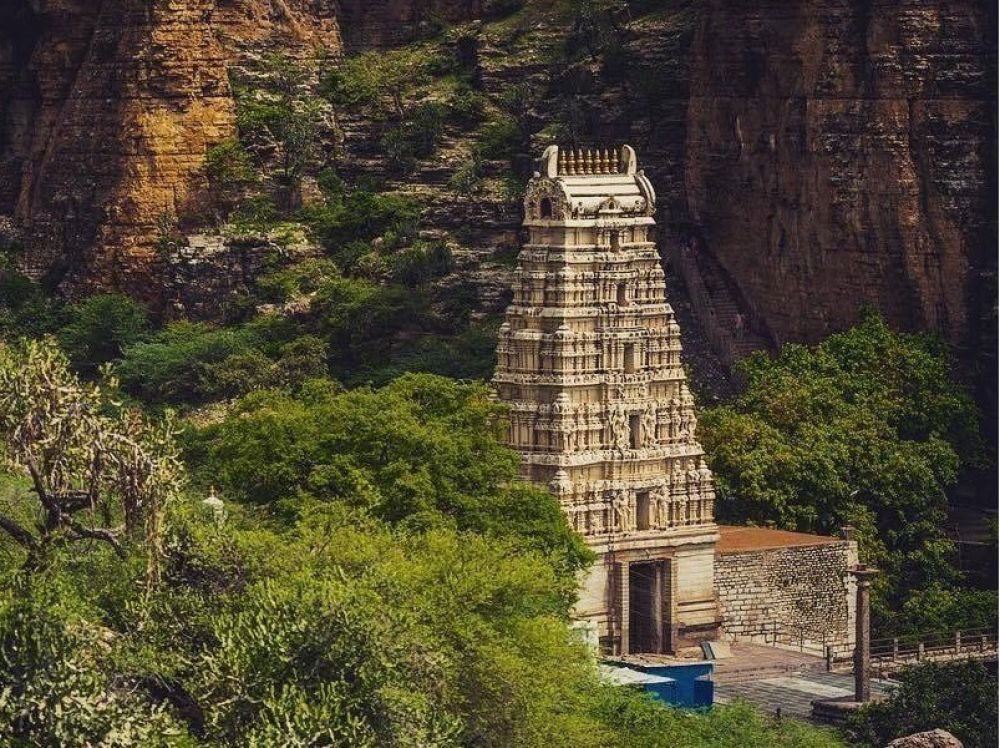

Nestled in the Kurnool district of Andhra Pradesh, Yaganti is a place that exudes mystique and spirituality. This ancient site is famous for its Sri Yagantiswamy Temple, dedicated to Lord Shiva. The history of tourism in Yaganti is intrinsically linked with the history of the temple itself, which draws a significant number of pilgrims and tourists every year.
The origins of the Sri Yagantiswamy Temple can be traced back to the 5th and 6th centuries, but it was in the 15th century under the reign of King Harihara Bukka Raya of the Sangama Dynasty of the Vijayanagara Empire that it gained prominence. The temple was substantially renovated and expanded during this period, which in turn contributed to the initial stirrings of tourism.
Over the centuries, Yaganti has seen a steady increase in the number of visitors, thanks in part to the fascinating legends that surround the place. One of the main attractions is the Growing Nandi Statue, which is believed to be increasing in size over the years. Geological studies have confirmed this phenomenon, adding a scientific perspective to the local beliefs, which further intrigues visitors.
Apart from the temple, the Yaganti site is also renowned for its stunning natural scenery, including the Pushkarini, a small pond of water on the temple premises that is fed by a spring. It is considered very sacred, and the water is believed to have healing properties. The surrounding Yaganti Hills, or Yaganti Konda, are also a significant draw for tourists seeking the allure of ancient cave sites like Agastya Cave, Venkateswara Cave, and Veerabhadra Cave, which have connections to revered Indian sages and deities.
In recent years, Yaganti has experienced a surge in interest due to its blend of natural beauty, history, and spirituality. The Andhra Pradesh Tourism Development Corporation (APTDC) has made efforts to improve the infrastructure and facilities to cater to the growing number of visitors. There has also been a rise in the popularity of eco-tourism and heritage tourism, with people looking to engage with the environment and learn about the local history and culture in a sustainable manner. The annual Maha Shivaratri festival sees a particularly large influx of tourists and devotees, highlighting the enduring significance of this ancient pilgrimage site.
Today, Yaganti is easily accessible by road and is connected to other major pilgrimage sites in South India. To accommodate the growing tourism, a range of lodging options have become available, from basic guesthouses for pilgrims to more comfortable accommodations for international and domestic tourists. With initiatives to promote the region's unique attractions and ensure the sustainability of tourism, Yaganti continues to flourish as a key destination in Andhra Pradesh's tourism map.
Yaganti's rich tapestry of history, legends, and nature continues to captivate the hearts of those who visit, making it a cherished destination for many. As it balances modern tourism demands with preservation of its sacred and cultural integrity, Yaganti exemplifies the serene harmony between nature and spirituality that is characteristic of India's timeless appeal.